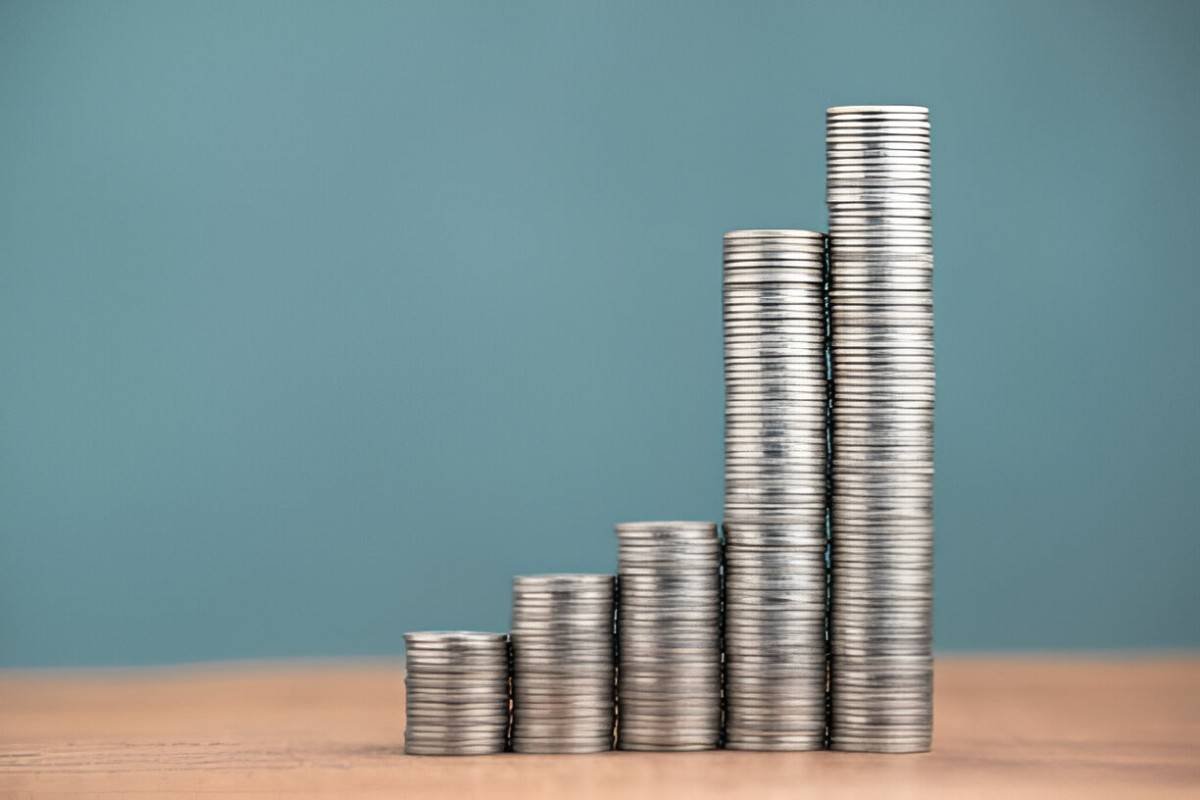When I analyze economic growth, I often find that gross investment plays a pivotal role. It represents the total expenditure on new capital assets before accounting for depreciation. Unlike net investment, which deducts wear and tear, gross investment gives a broader picture of capital formation. In this article, I will break down the key concepts, mathematical formulations, and real-world implications of gross investment in the U.S. economy.
Table of Contents
What Is Gross Investment?
Gross investment measures the total spending on capital goods—such as machinery, buildings, and infrastructure—within an economy over a specific period. It includes:
- Business fixed investment (factories, equipment)
- Residential investment (housing construction)
- Changes in inventories (unsold goods)
The formula for gross investment (G_I) in an economy is:
G_I = \text{Business Investment} + \text{Residential Investment} + \text{Inventory Changes}Gross vs. Net Investment
A common point of confusion is the difference between gross and net investment. Net investment (N_I) adjusts gross investment by subtracting depreciation (D):
N_I = G_I - DFor example, if a company spends $10 million on new machinery (gross investment) but existing equipment depreciates by $3 million, net investment is $7 million.
Why Gross Investment Matters
I often emphasize that gross investment is crucial for understanding economic health. A high gross investment rate suggests businesses are expanding, which can lead to job creation and higher productivity. Conversely, declining gross investment may signal economic stagnation.
Gross Investment in GDP
In the U.S., gross investment is a component of Gross Domestic Product (GDP) under the expenditure approach:
Where:
- C = Consumption
- G_I = Gross Investment
- G = Government Spending
- (X - M) = Net Exports
Historical Trends in U.S. Gross Investment
The U.S. has seen fluctuations in gross investment over time. For instance, during the 2008 financial crisis, gross private domestic investment fell by 34%, reflecting reduced business confidence. Post-2020, stimulus measures led to a rebound, but inflation and interest rate hikes have since moderated growth.
Calculating Gross Investment: A Practical Example
Let me illustrate with a hypothetical scenario. Suppose a manufacturing firm:
- Spends $5 million on new factory equipment
- Invests $2 million in residential properties for employee housing
- Increases inventory by $1 million
Gross investment would be:
G_I = \$5M + \$2M + \$1M = \$8MIf depreciation is $2 million, net investment is:
N_I = \$8M - \$2M = \$6MGross Investment and Capital Stock
Capital stock (K) evolves based on gross investment and depreciation:
K_{t+1} = K_t + G_I - DThis equation shows how an economy’s productive capacity changes over time.
Factors Influencing Gross Investment
Several factors affect gross investment levels in the U.S.:
- Interest Rates – Higher rates increase borrowing costs, discouraging investment.
- Corporate Profits – Firms with higher earnings reinvest more.
- Technological Advances – Innovations like AI drive capital expenditures.
- Government Policies – Tax incentives can spur investment.
Comparison of Gross Investment Across Sectors
| Sector | 2020 ($B) | 2023 ($B) | Growth Rate |
|---|---|---|---|
| Manufacturing | 450 | 520 | 15.5% |
| Real Estate | 320 | 380 | 18.8% |
| Technology | 280 | 410 | 46.4% |
This table shows how tech sector investment has outpaced traditional industries.
Criticisms and Limitations
While gross investment is useful, it has drawbacks:
- Ignores Depreciation – Overstates actual capital growth.
- Volatility – Inventory swings can distort readings.
- Quality vs. Quantity – Not all investments yield equal productivity gains.
Case Study: Post-Pandemic Recovery
After COVID-19, U.S. gross investment surged due to pent-up demand and fiscal stimulus. However, supply chain disruptions led to higher costs, reducing real investment value.
Policy Implications
Policymakers use gross investment data to design growth strategies. For example, the 2017 Tax Cuts and Jobs Act lowered corporate taxes, boosting short-term investment but increasing deficits.
Future Outlook
With rising automation and green energy transitions, I expect gross investment in renewable infrastructure to grow. However, geopolitical risks and debt levels pose challenges.
Conclusion
Gross investment is a vital economic indicator that reflects an economy’s growth potential. By understanding its components, calculations, and influencing factors, we gain deeper insights into macroeconomic trends. While it has limitations, its role in GDP and capital formation makes it indispensable for analysts and policymakers alike.





